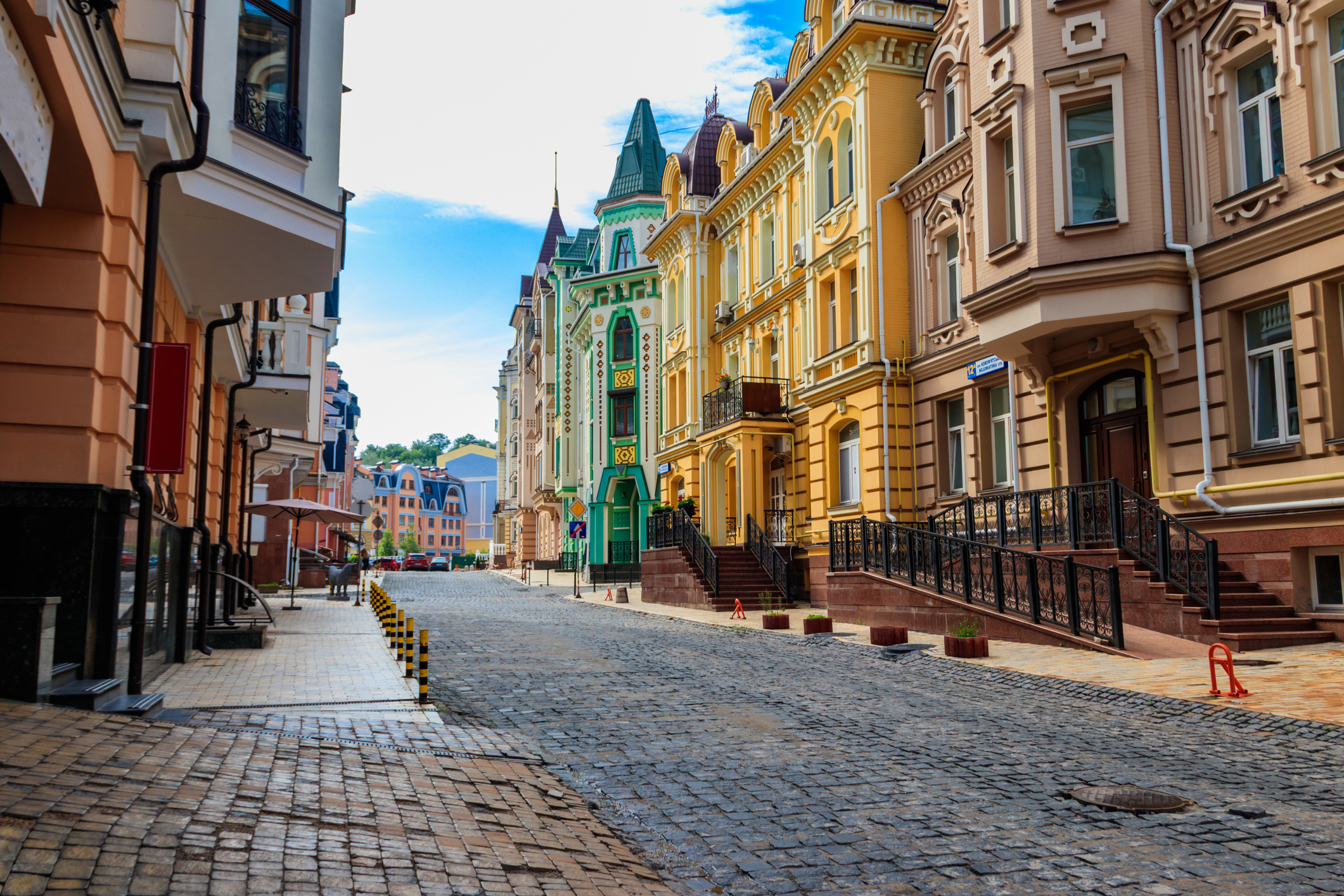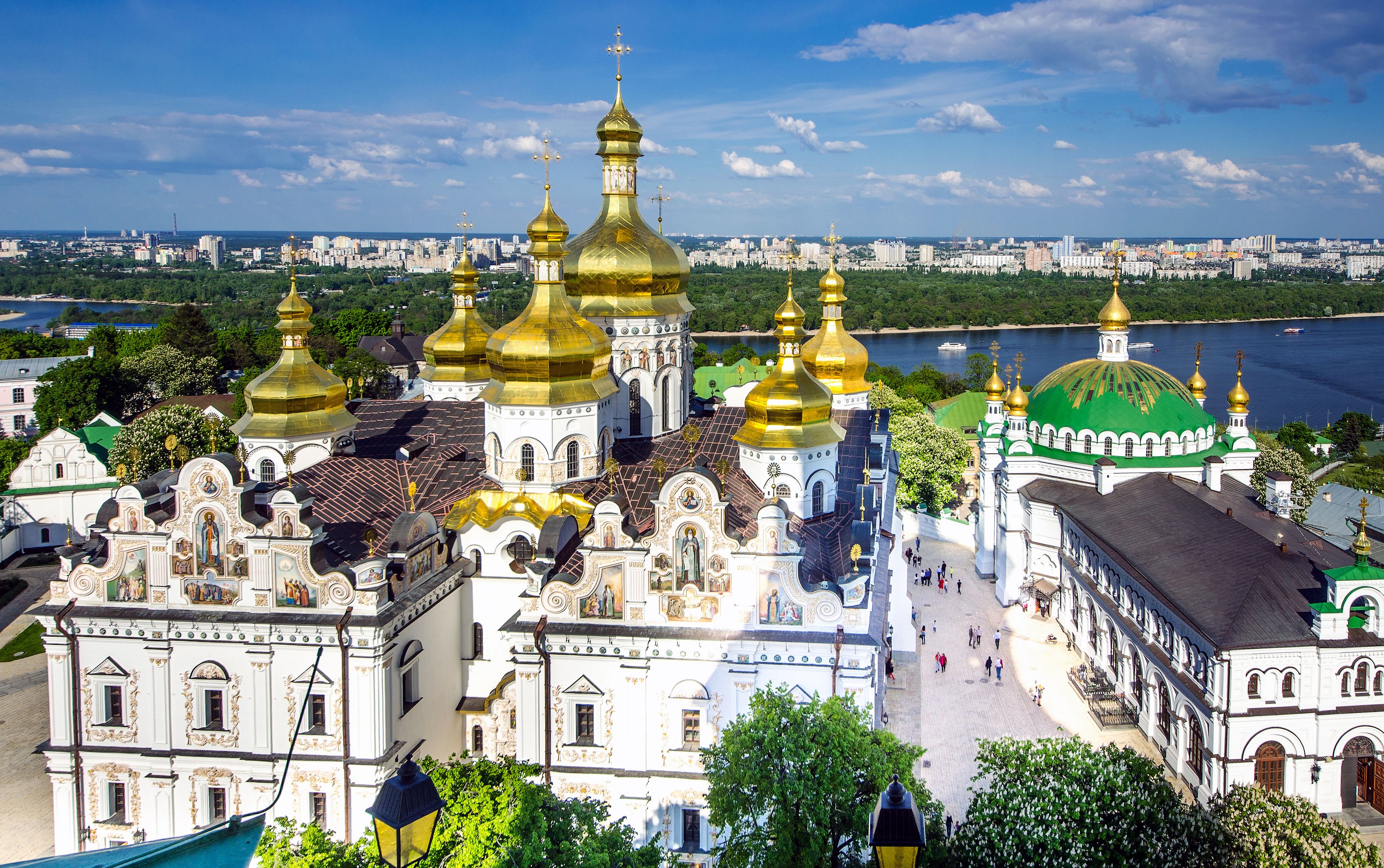Kyiv Pechersk Lavra
One of the most popular place in Kyiv is Kyiv Pechersk Lavra, also known as the Kyiv Monastery of the Caves, is a historic Orthodox Christian monastery which gave its name to one of the city districts where it is located in Kyiv. Since its foundation as the cave monastery in 1051, the Lavra has been a preeminent center of Eastern Orthodox Christianity in Eastern Europe. Together with the Saint Sophia Cathedral, it is inscribed as a UNESCO World Heritage Site. The monastery complex is considered a separate national historic-cultural preserve (sanctuary), the national status to which was granted on 13 March 1996. It was named one of the Seven Wonders of Ukraine on 21 August 2007, based on voting by experts and the internet community.













